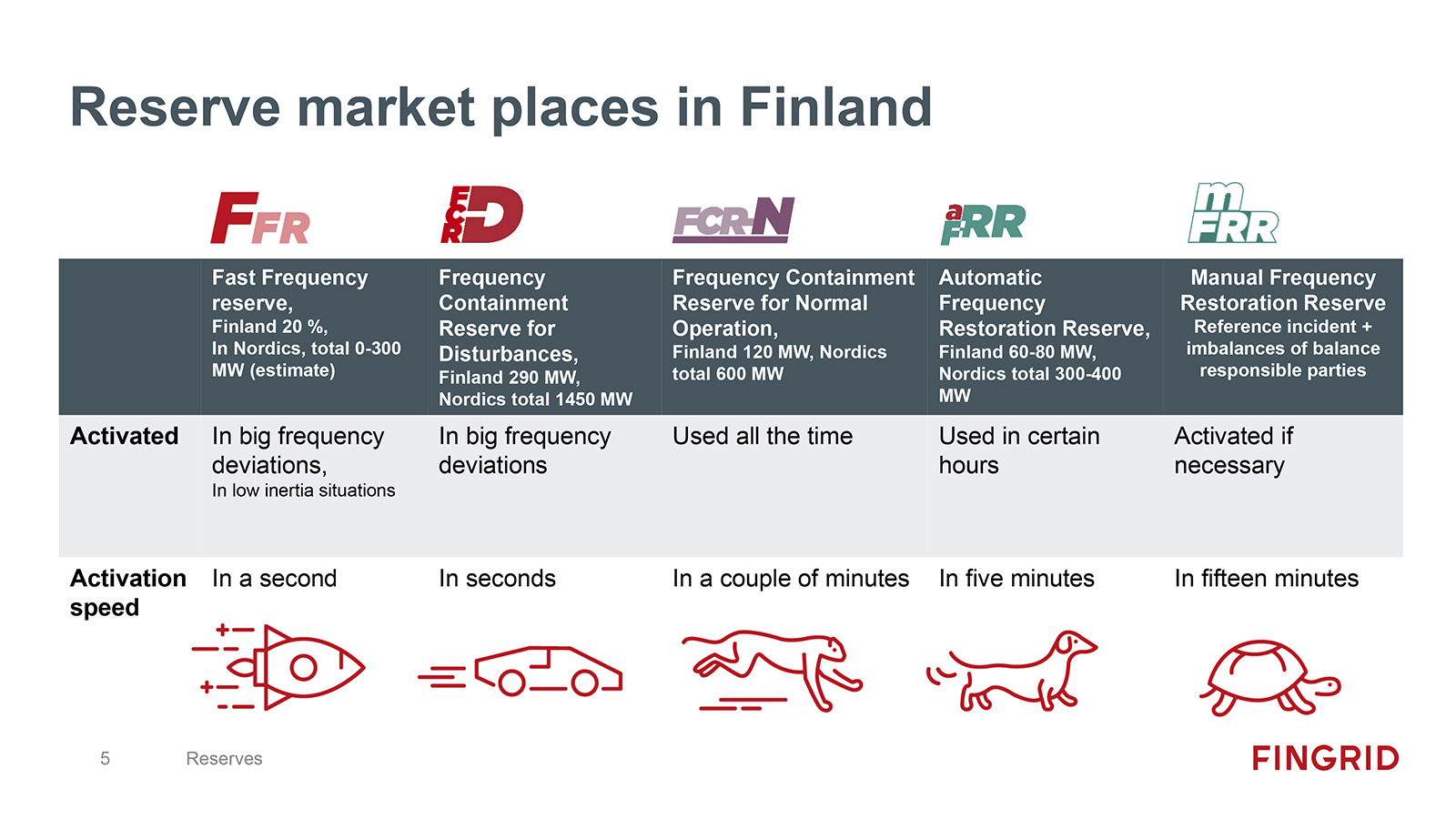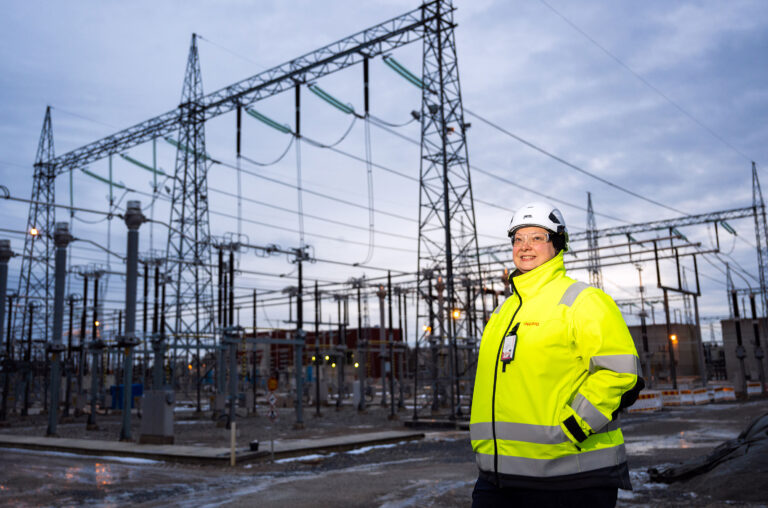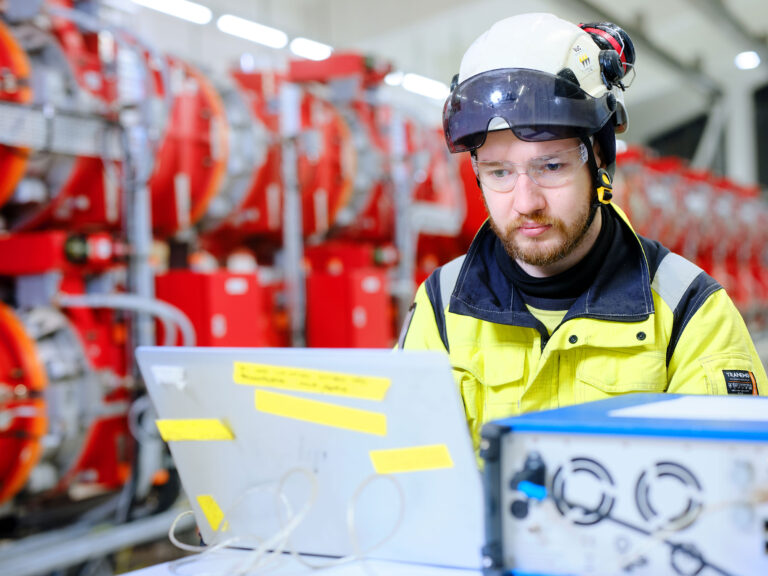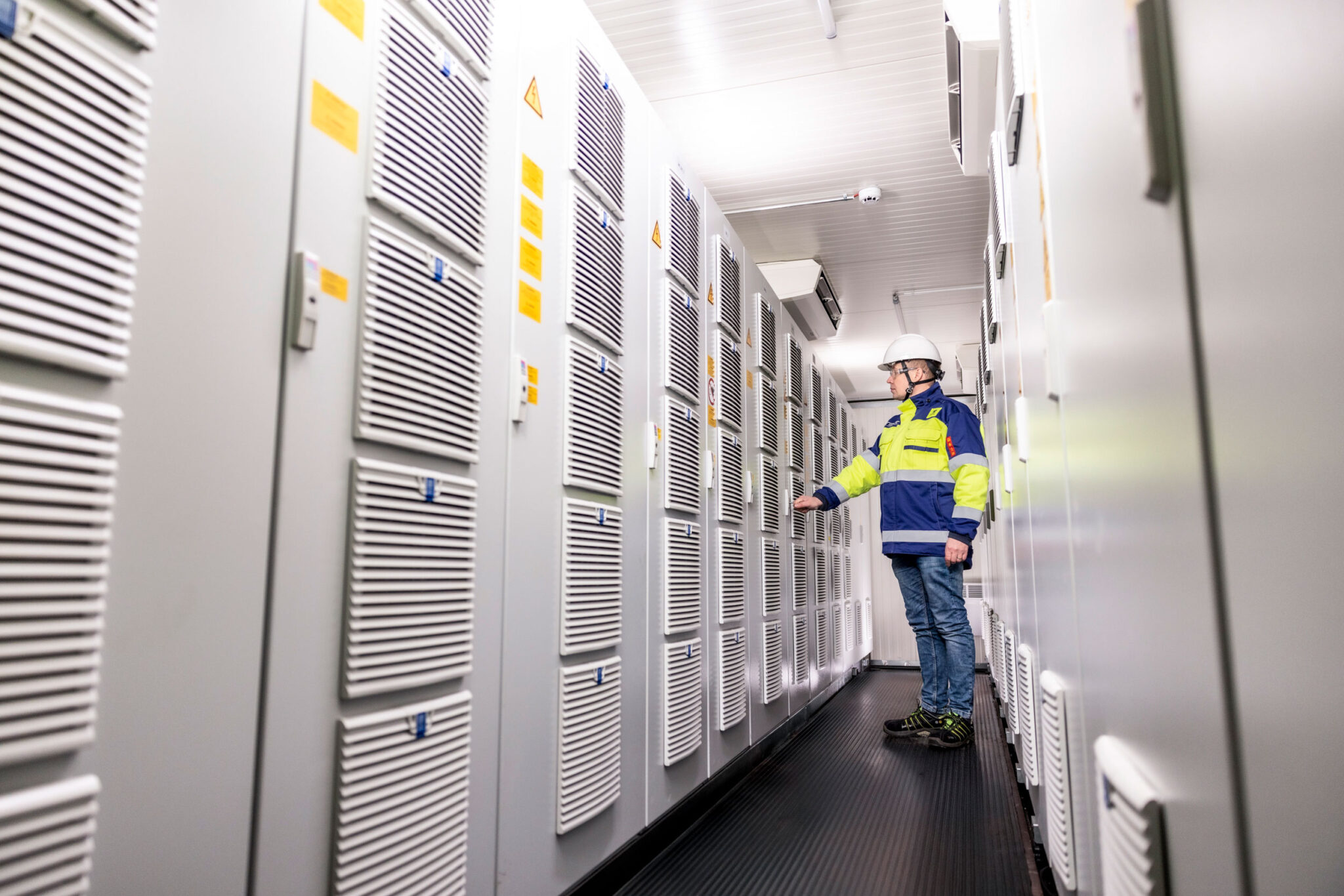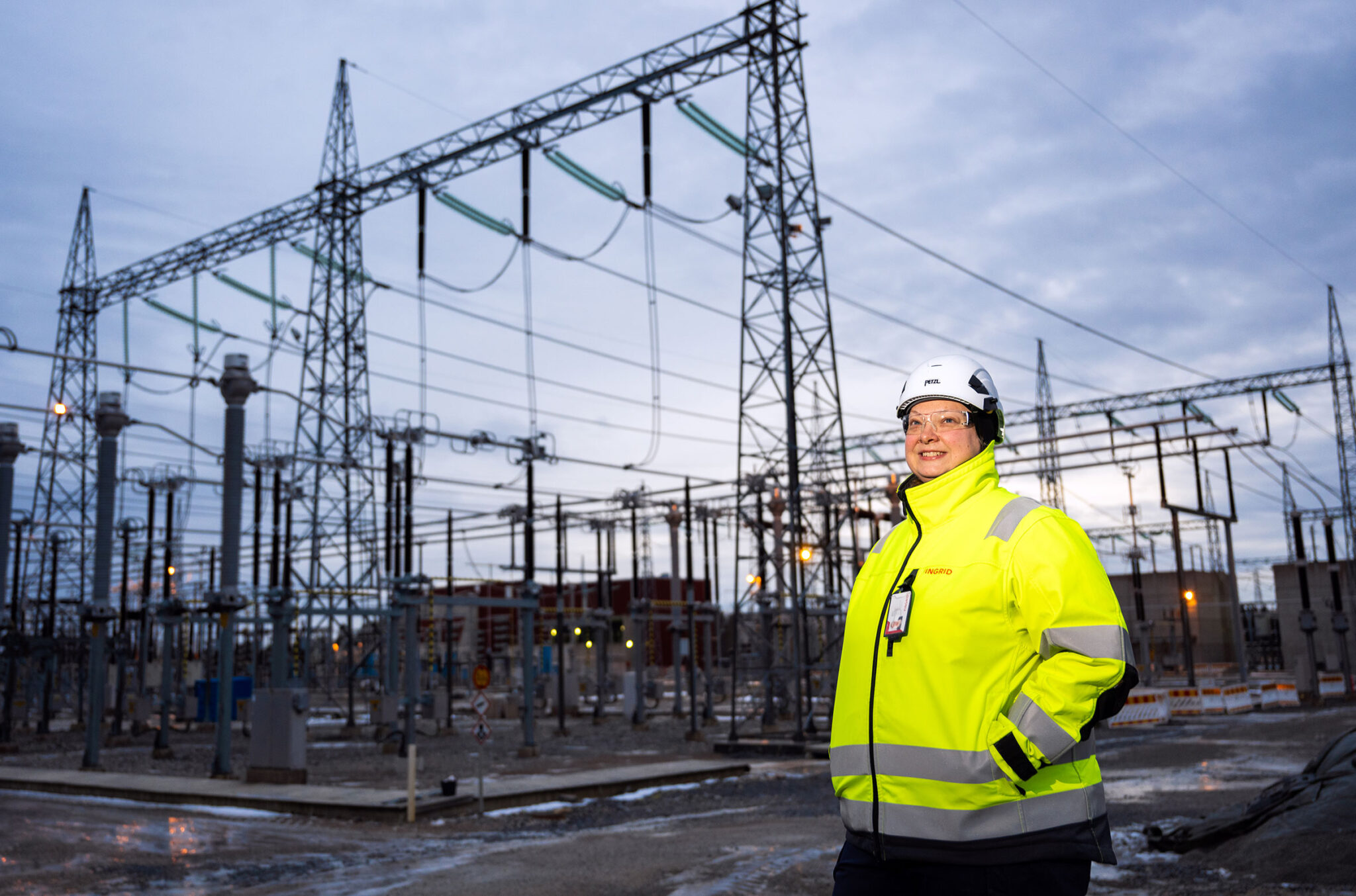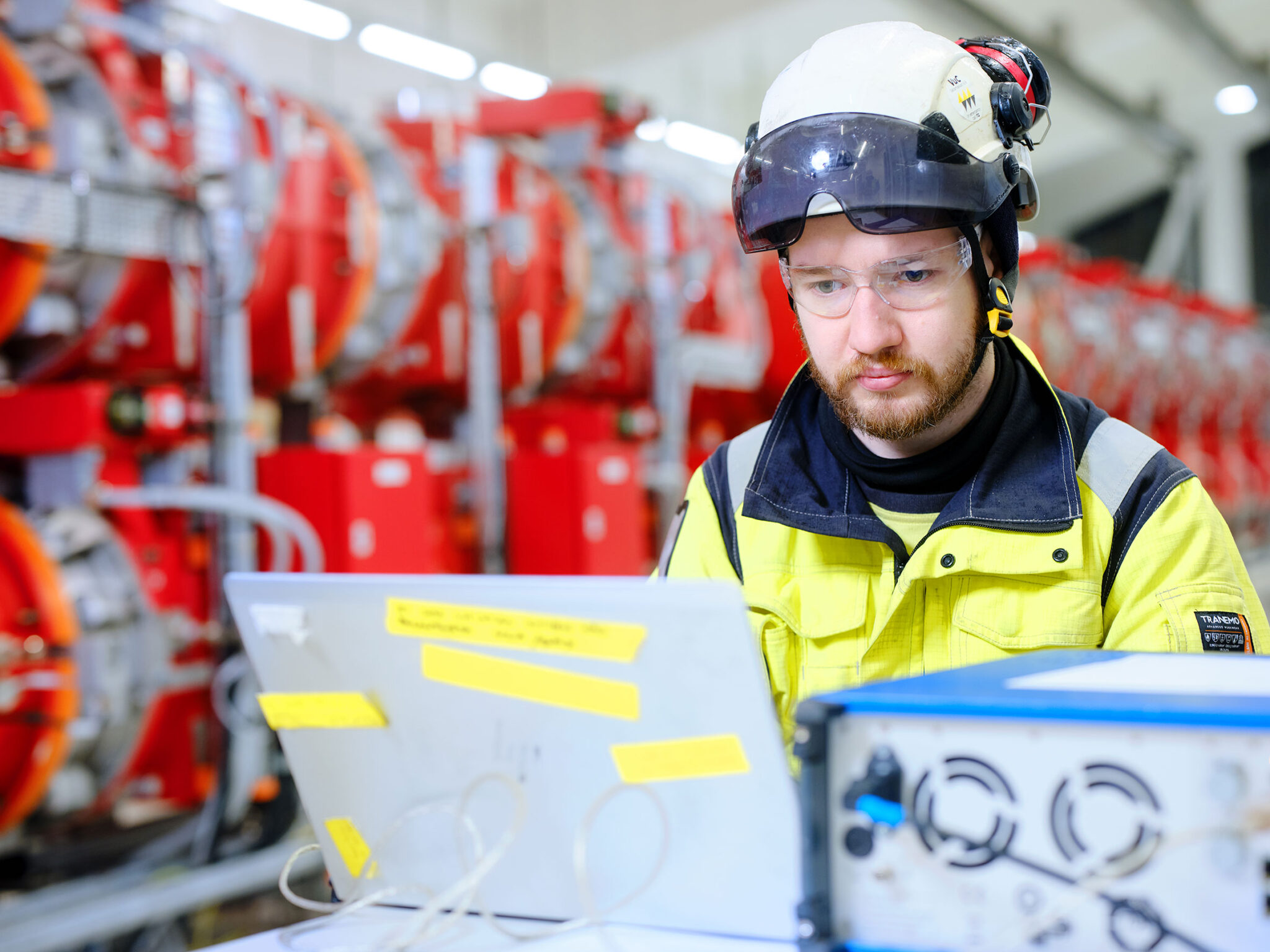The change in electricity markets has increased the need for a reserve that operates much more quickly than before. The amount of inertia in the power system is decreasing, and this is reducing the system’s capacity to resist frequency changes. These changes give rise to a need for a Fast Frequency Reserve (FFR) that can react more quickly than a frequency-controlled disturbance reserve (FCR-D).
Fast Frequency Reserve for managing small-scale inertia events
The new FFR reacts to changes in electricity generation by reducing consumption or increasing generation within about one second.
Nordic transmission system operators began using FFR in spring 2020 for managing small-scale inertia events. Depending on the circumstances, 0–300 MW of FFR is required in the Nordic countries, and Finland should contribute 20 per cent of this capacity.
As part of the introduction of the Nordic FFR, Fingrid opened up FFR markets.
Frequency-controlled disturbance reserve soon to be available for over-frequency events
In the event of major frequency disturbances, the frequency-controlled disturbance reserve (FCR-D) is activated. At present, 1,450 MW of capacity is maintained as an under-frequency in the Nordic countries, and Finland contributes 290 MW to this.
Fifty per cent of the frequency-controlled disturbance reserve can be activated within five seconds, and the entirety of the reserve is available within 30 seconds. In the future, the frequency-controlled disturbance reserve will also be used for over-frequency events. According to the plan, this will take place at the end of 2021.

The technical requirements for frequency-controlled reserves are under development
The Nordic transmission system operators have been working on updating the technical requirements for the frequency-controlled reserve for normal operation (FCR-N) and the frequency-controlled disturbance reserve (FCR-D). The new requirements seek to address changes in the power system. At present, the new requirements are under further development based on feedback previously received from stakeholders.
Growing need for an automatic Frequency Restoration Reserve
The automatic Frequency Restoration Reserve (aFRR) restores the frequency to its nominal value. The Nordic countries maintain 300–400 MW of aFRR, of which 60–80 MW is in Finland. The need for aFRR has grown in recent years.
The balancing power and balancing capacity markets provide 15 minutes of foresight
The balancing capacity market ensures that the reserve available on the balancing power market is enough to respond to the worst individual fault. Fingrid purchases capacity via a competitive bidding process.
Pilot projects are underway on the balancing power markets. The new Nordic mFRR marketplace is expected to begin operating with a 15-minute resolution in 2022.
Read more about reserves and balancing power.

